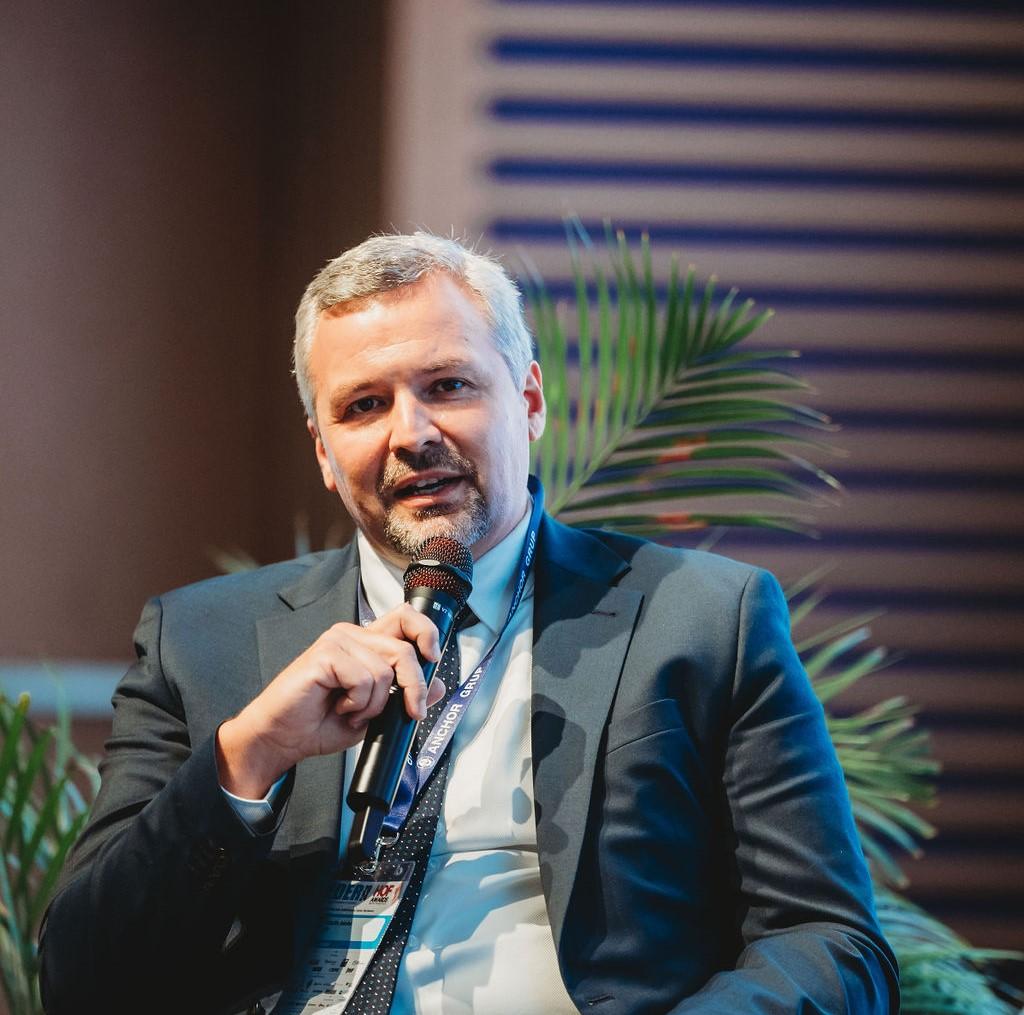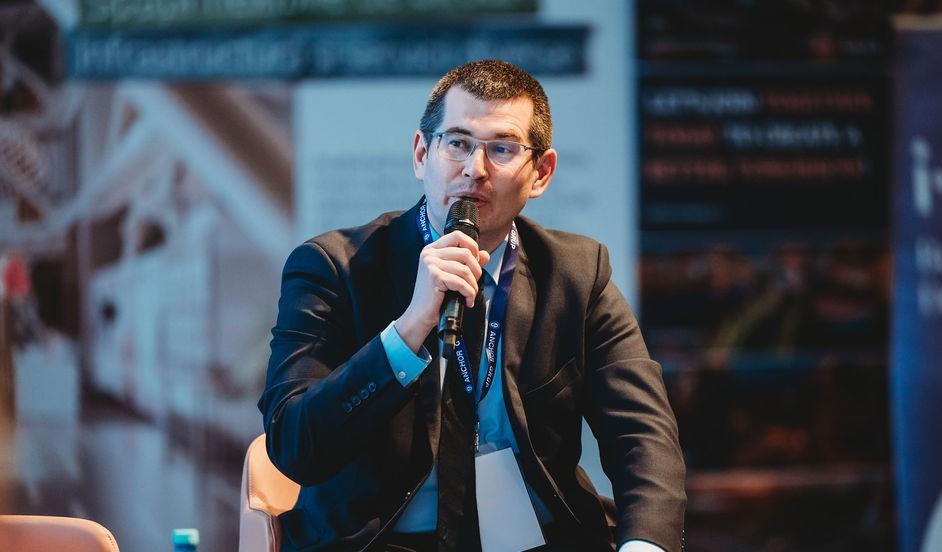CEDER 2024 in review: Green assets and financing
During their market presentation held at CEDER 2024, CBRE started their overview of the investment market by saying that, given the events of the last years, the world is getting used to stable disruption. This means the investment market is still moving despite the challenges, and, although activity is relatively subdued as of now, most investors expect an increase in their 2024 activity levels and a recovery of the market by the middle of 2025.
Later, during the Primary and Secondary Investment Markets panel, Cătălin Jaloba, Head of Real Estate Finance at BCR, talked about the state of the Romanian investment market: “Even if I'm not so optimistic about the global market, (…) I think even if, let's say something bad is going to happen in several large economies in [the] near future, I think Romania is going to be very stable.”
Speaking about bonds and primary and secondary markets, he stated: “We have seen some rollovers which were showing some stable numbers. Of course, the bonds that were not rolled over yet are going to push some developers to sell the properties with some significant discount. But what the market showed us in the last six months is that at least for the prime players, this is not an issue. But there is the secondary market (…) in all segments. I think only the primary market is going to survive.” He continued by saying that only the green assets are going to survive, which, in his opinion, might also be a good thing, because secondary products are going to be forced to become green themselves.
When asked by moderator Robert Miklo, Director for Investment Services at Colliers, about perspectives on financing, he said: “I think the banks in general, not only BCR, are going to concentrate only on green assets. (…) Because there is a commitment that the portfolio is going to improve every year and to show better and better numbers in terms of (…) green sustainability index. This means that the ones that are going to be in need for refinance, if they're not green, they're not going to find financing or they're going to find it very expensive.”
Speaking about the possibility to reconvert older buildings and to get financing for such a reconversion, he explained: “The good news is that the old building that you reconvert and invest serious CAPEX in (…) is the greenest building, not a new one. (…) The only technical issue is that the floor heights and also a lot of partitions are not coping with the new equipment.” He also said that the banks are offering a special kind of loan for the reconversion of assets. About the requirements for such a loan, he said: “You have a projected investment there. And you are going to show that after two, three years of development, you are going to have a green building. (…) Of course, this means that you have a lot of monitoring meanwhile, and you have to deploy real materials and equipment there that are going to show that you are going to be as expected. (…) The only issue here is that you have to have very good location and the sponsor has to be more than reliable.”











